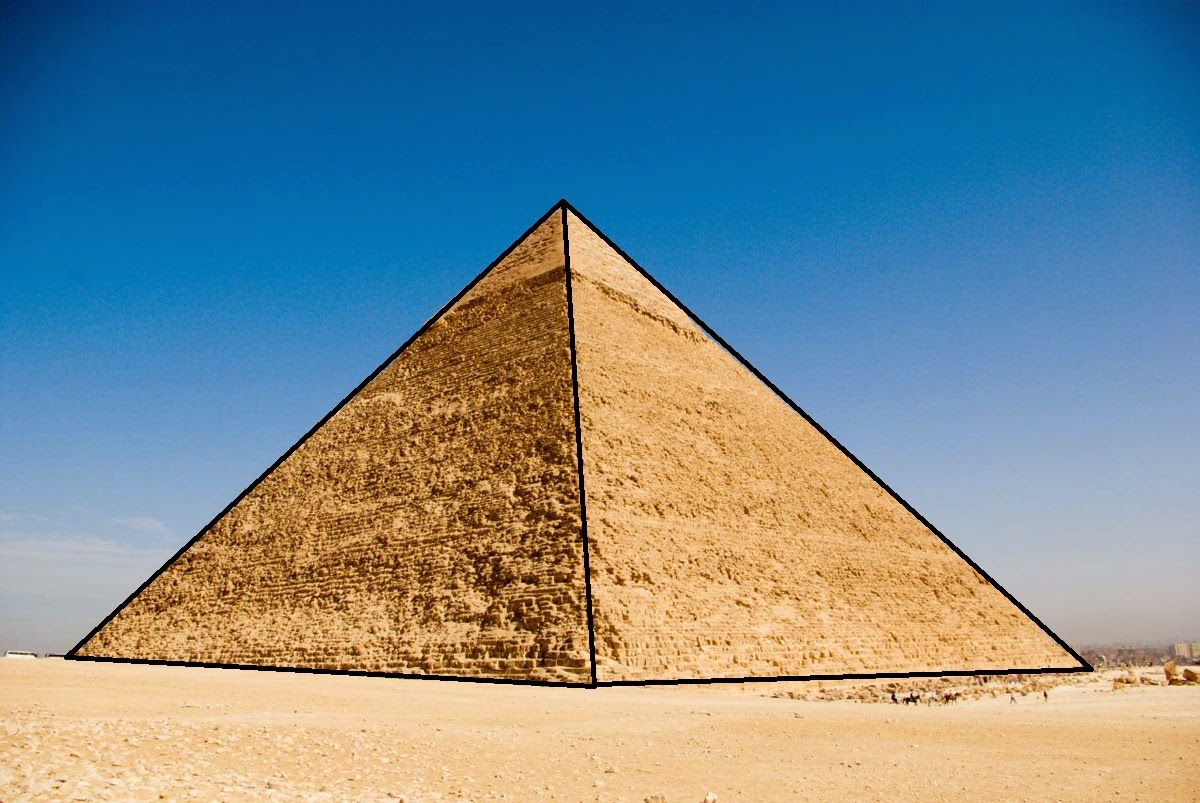The building approach is how a user of a space is lead up to the entrance a building.
In the example below, a linear path leads the user of the space directly to the entrance of the building.
Website Title: http://www.cgarchitect.com/2014/08/texas-hill-country---exterior-approach
Building Entrance
The building entrance of a space is the area in which the user transitions from the exterior of the building to the interior of the space.
In the example below, you can see the entrance to this space has been clearly outlined in a bright color to distinguish it from the surrounding area.
Website Title: http://www.contemporist.com/2008/03/11/building-entrance/
Configuration of the Path
The path of movement taken in approaching a destination can come in many different arrangements. The approach may be linear, radial, spiral, a grid, network, or a composite of any of the listed forms.
In the example below, the radial approach is implemented in the approach of this structure. Pathways radiate from every direction from the building.
Website Title: http://www.collegetransitions.com/top-architecture-colleges/
Path-Space Relationships
Paths relate each of the spaces they connect in three different ways. Paths may pass by a space, pass through the spaces or lead directly into a space.
In the example below, this floor plan shows a path through this building passing by the other spaces or rooms.
Website Title: http://www.commonfloor.com/interface-heights-mumbai/povp-ffdejr
Form of the Circulation Space
A circulation space's form depends on many variables. These variables include its boundaries, how it is linked to other spaces, the scale, entrances, and any changes in level. These spaces may be enclosed, open on one side, or open on both sides.
In the example below, this circulation space is both open on both sides in the front area and enclosed in the back area. It also remains on one level and has a lot of natural light.
Website Title:http://www.dwellhomedecor.com/decorating-narrow-hallway-spacious-feel/large-modern-home-interior-with-luxury-hallway/













































